Album photos Collection N#296
The Savannah is a hybrid cat breed. It is a cross between a serval and a domestic cat.
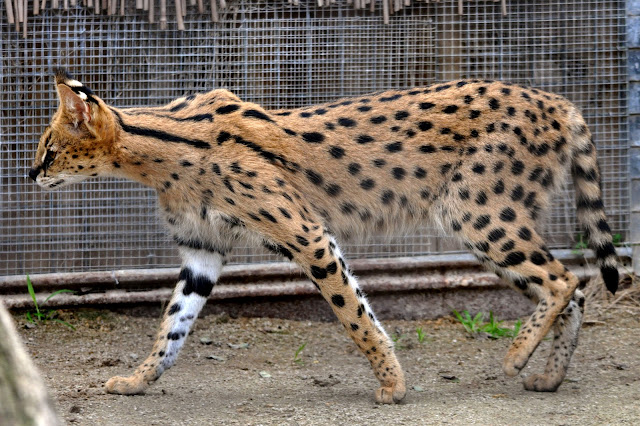 |
| Animal Planet, The elegant savannah cats - Image N#1 |
|
A Savannah cat is a cross between a domestic cat and the serval, a medium-sized, large-eared wild African cat. The unusual cross became popular among breeders at the end of the 1990s, and in 2001 the International Cat Association accepted it as a new registered breed. In May 2012, TICA accepted it as a championship breed.
 |
Animal Planet, The elegant savannah
cats - Image N#2 |
A Bengal breeder, Judee Frank, crossbred a male serval, belonging to Suzi Woods, with a Siamese (domestic cat) to produce the first Savannah cat (named Savannah) on April 7, 1986. In 1996, Patrick Kelley and Joyce Sroufe wrote the original version of the Savannah breed standard and presented it to the board of The International Cat Association. In 2001, the board accepted the breed for registration.
The Savannahs' tall and slim build gives them the appearance of greater size than their actual weight. Size is very dependent on generation and sex, with F1 hybrid male cats usually being the largest.
F1 and F2 generations are usually the largest, due to the stronger genetic influence of the African serval ancestor. As with other hybrid cats such as the Chausie and Bengal cat, Most first generation cats will possess many or all of the serval's exotic looking traits, while these traits often diminish in later generations. Male Savannahs tend to be larger than females.
Early-generation Savannahs can weigh 14-25 pounds (6.3-11.3 kg), with the most weight usually attributed to the F1 or F2 neutered males due to genetics. Later-generation Savannahs are usually between 7 and 15 lbs (6.8 kg). Because of the random factors in Savannah genetics, size can vary significantly, even in one litter.
The coat of a Savannah should have a spotted pattern, the only pattern accepted by the TICA breed standard. The spotted pattern is the only accepted pattern because it is the only pattern found on the African Serval Cat. Non-standard patterns & colors include: Rosetted, marble, snow color (point), blue color, cinnamon color, chocolate color, lilac (lavender) and other diluted colors derived from domestic sources of cat coat genetics. These nonstandard colors should be placed as pets only to be culled out of the gene pool.
In order to achieve a spotted pattern early in the breed's development other spotted breeds such as the Bengal and Egyptian Mau were used. The International Cat Association (TICA) breed standard calls for brown-spotted tabby (cool to warm brown, tan or gold with black or dark brown spots), silver-spotted tabby (silver coat with black or dark grey spots), black (black with black spots), and black smoke (black-tipped silver with black spots) only.
Domestic out-crosses from the early days in the 1990s have greatly impacted the breed's development in both desired and non-desired traits. As of 2012 most breeders perform Savannah to Savannah pairings; using out-crosses is considered less than desired. The domestic out-crosses for the Savannah breed that are permissible in TICA are the Egyptian Mau, the Ocicat, the Oriental Shorthair, and the Domestic Shorthair.
Outcrosses that are "impermissible" according to the TICA breed standard breeds include the Bengal and Maine Coon cats. These impermissible breeds can bring many unwanted genetic influences. Outcrosses are very rarely used as of 2012, as many fertile savannah males are available for studs. Breeders prefer to use a Savannah with the serval to produce F1s, rather than a non-Savannah breed in order to maintain as much breed type as possible.
A Savannah's exotic look is often due to the presence of many distinguishing serval characteristics. Most prominent of these include the various color markings; tall, deeply cupped, wide, rounded, erect ears; very long legs; fat, puffy noses, and hooded eyes. The bodies of Savannahs are long and leggy; when a Savannah is standing, its hind-end is often higher than its prominent shoulders. The small head is taller than wide, and it has a long, slender neck. The backs of the ears have ocelli, a central light band bordered by black, dark grey or brown, giving an eye-like effect. The short tail has black rings, with a solid black tip. The eyes are blue as a kitten (as in other cats), and may be green, brown, gold or a blended shade as an adult. The eyes have a "boomerang" shape, with a hooded brow to protect them from harsh sunlight. Ideally, black or dark "tear-streak" or "cheetah tear" markings run from the corner of the eyes down the sides of the nose to the whiskers, much like that of a cheetah.
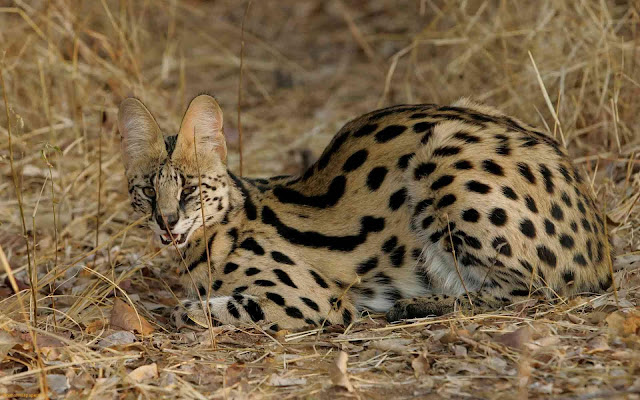 |
| Animal Planet, The elegant savannah cats - Image N#3 |
 |
| Animal Planet, The elegant savannah cats - Image N#4 |
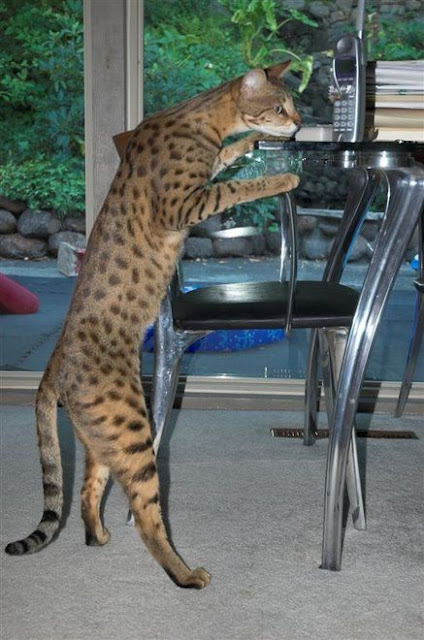 |
| Animal Planet, The elegant savannah cats - Image N#5 |
 |
| Animal Planet, The elegant savannah cats - Image N#6 |
 |
| Animal Planet, The elegant savannah cats - Image N#7 |
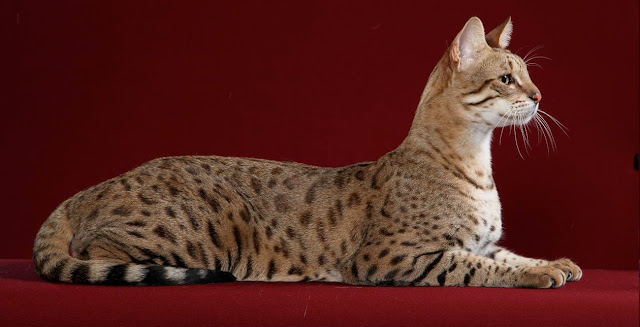 |
| Animal Planet, The elegant savannah cats - Image N#8 |
 |
| Animal Planet, The elegant savannah cats - Image N#9 |
 |
| Animal Planet, The elegant savannah cats - Image N#10 |
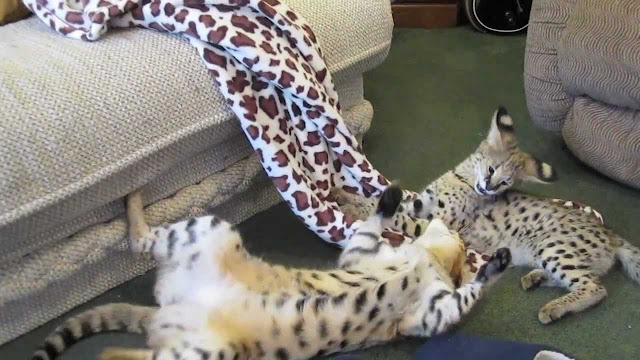 |
| Animal Planet, The elegant savannah cats - Image N#11 |
 |
| Animal Planet, The elegant savannah cats - Image N#12 |
 |
| Animal Planet, The elegant savannah cats - Image N#13 |
 |
| Animal Planet, The elegant savannah cats - Image N#14 |
 |
| Animal Planet, The elegant savannah cats - Image N#15 |















.png)
.jpg)
.png)
.jpg)
.png)
.jpg)
.jpeg)
.png)
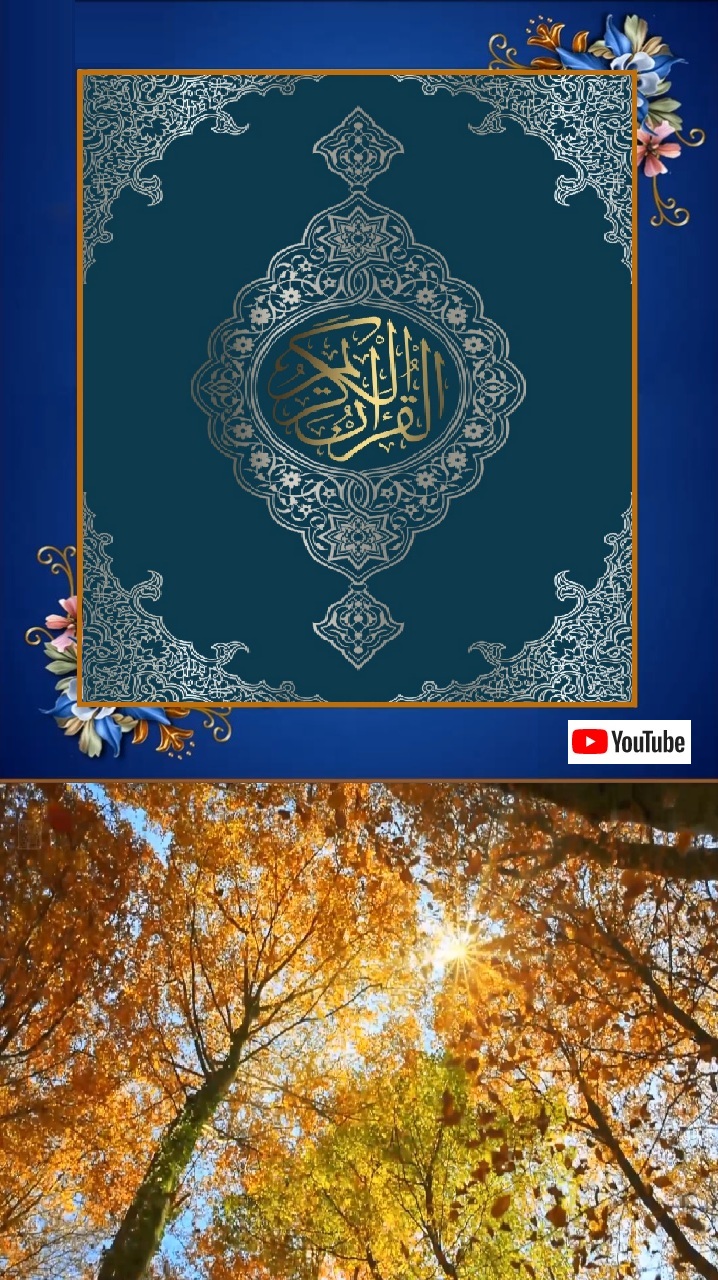


Comments